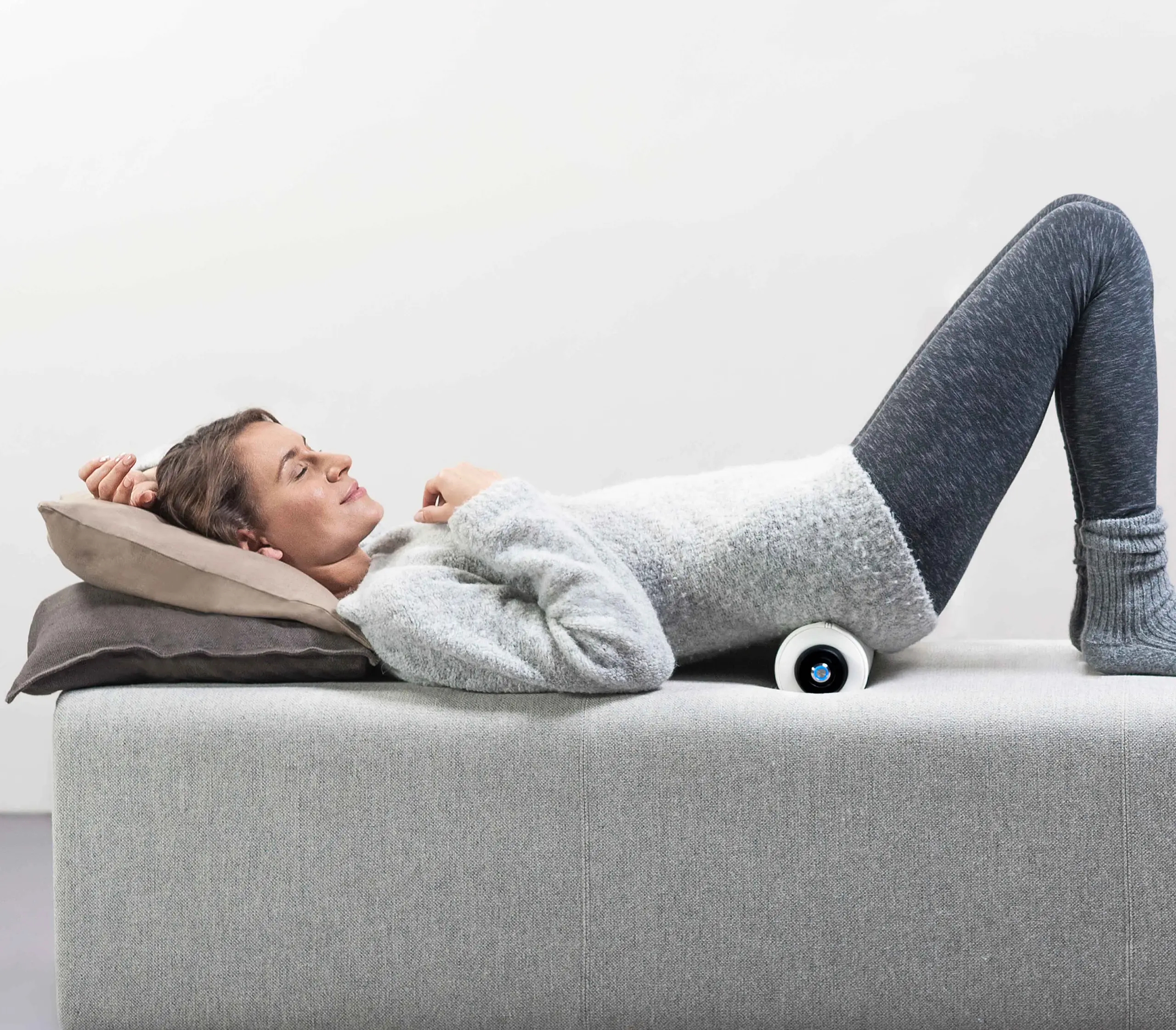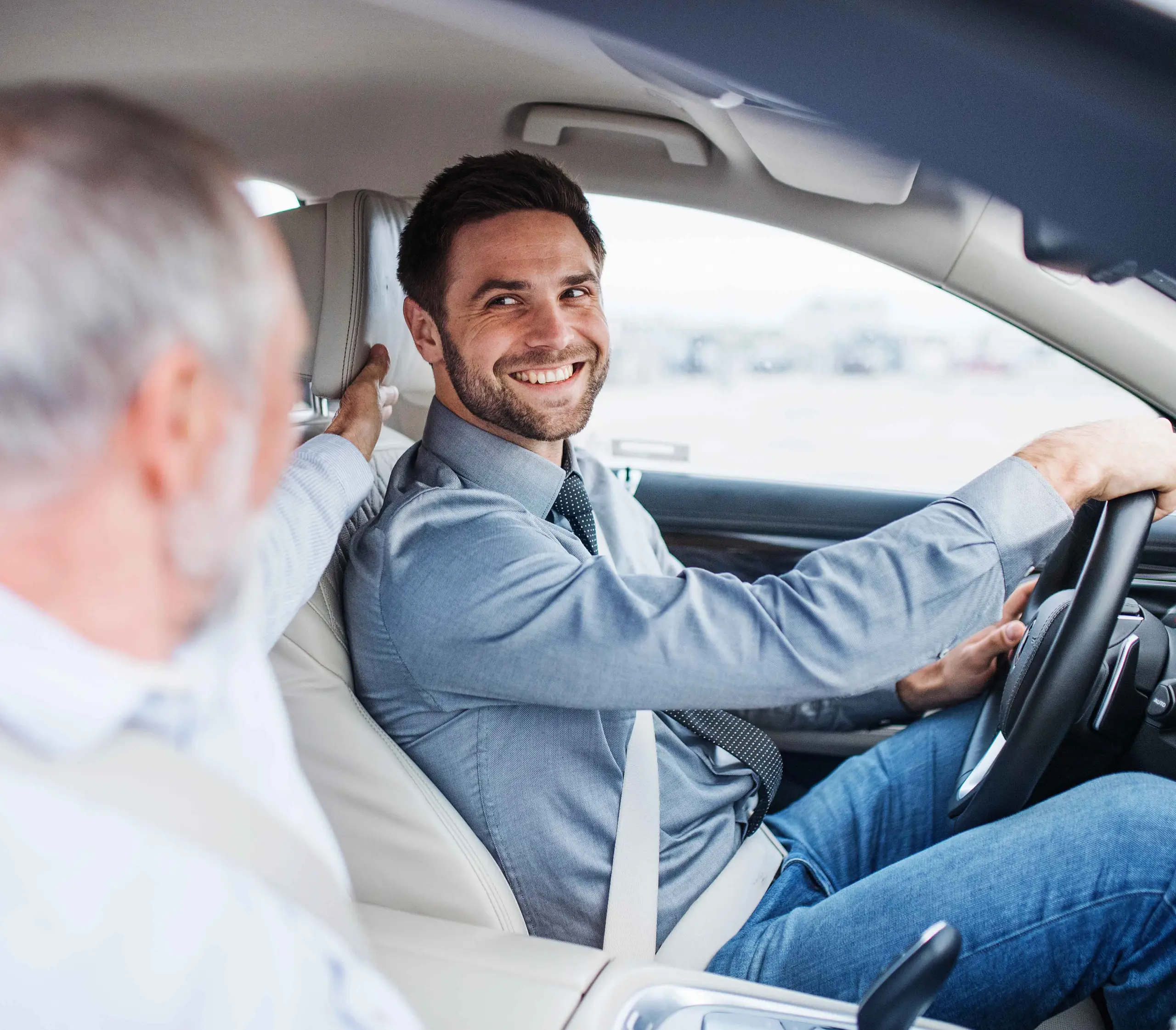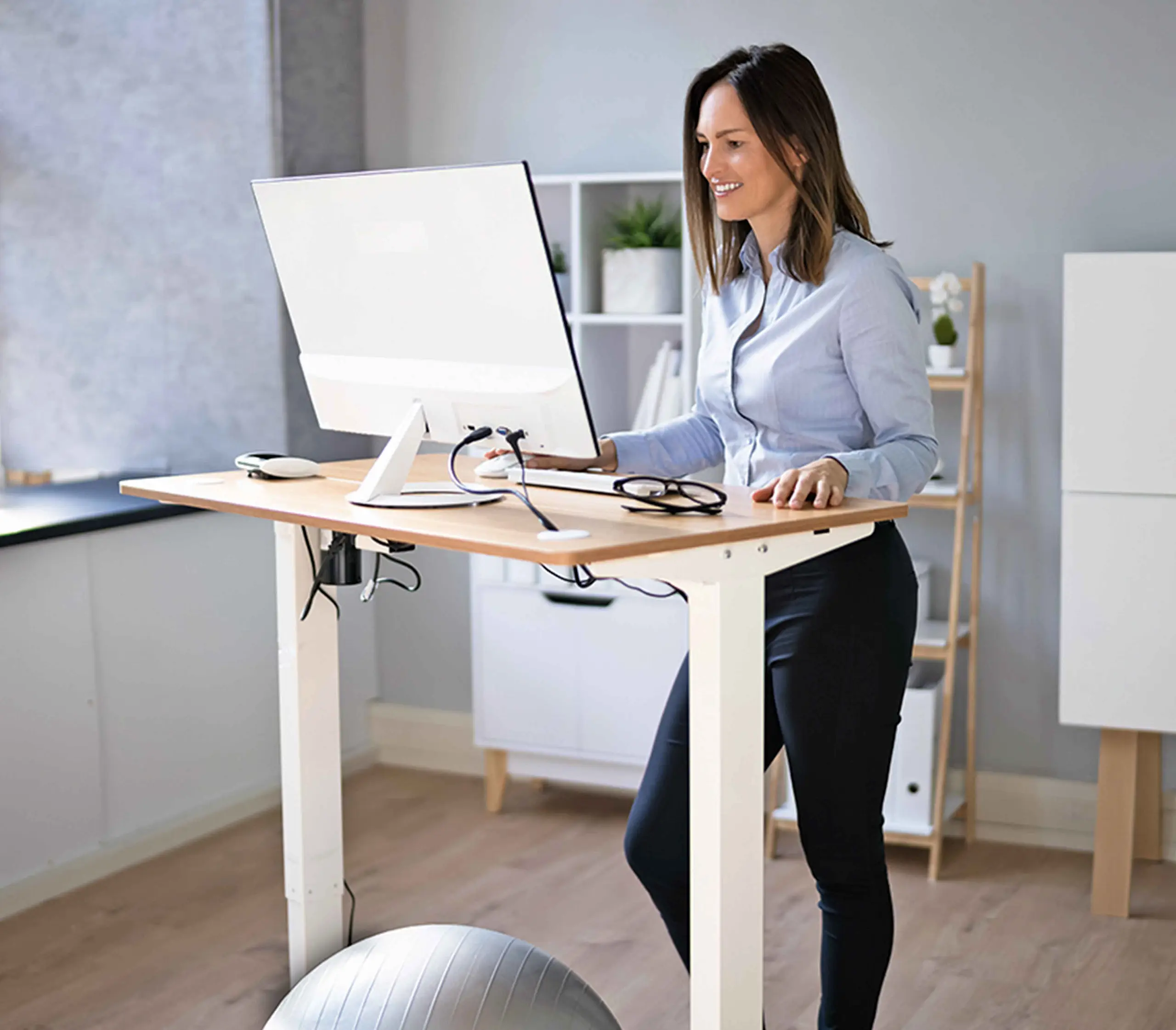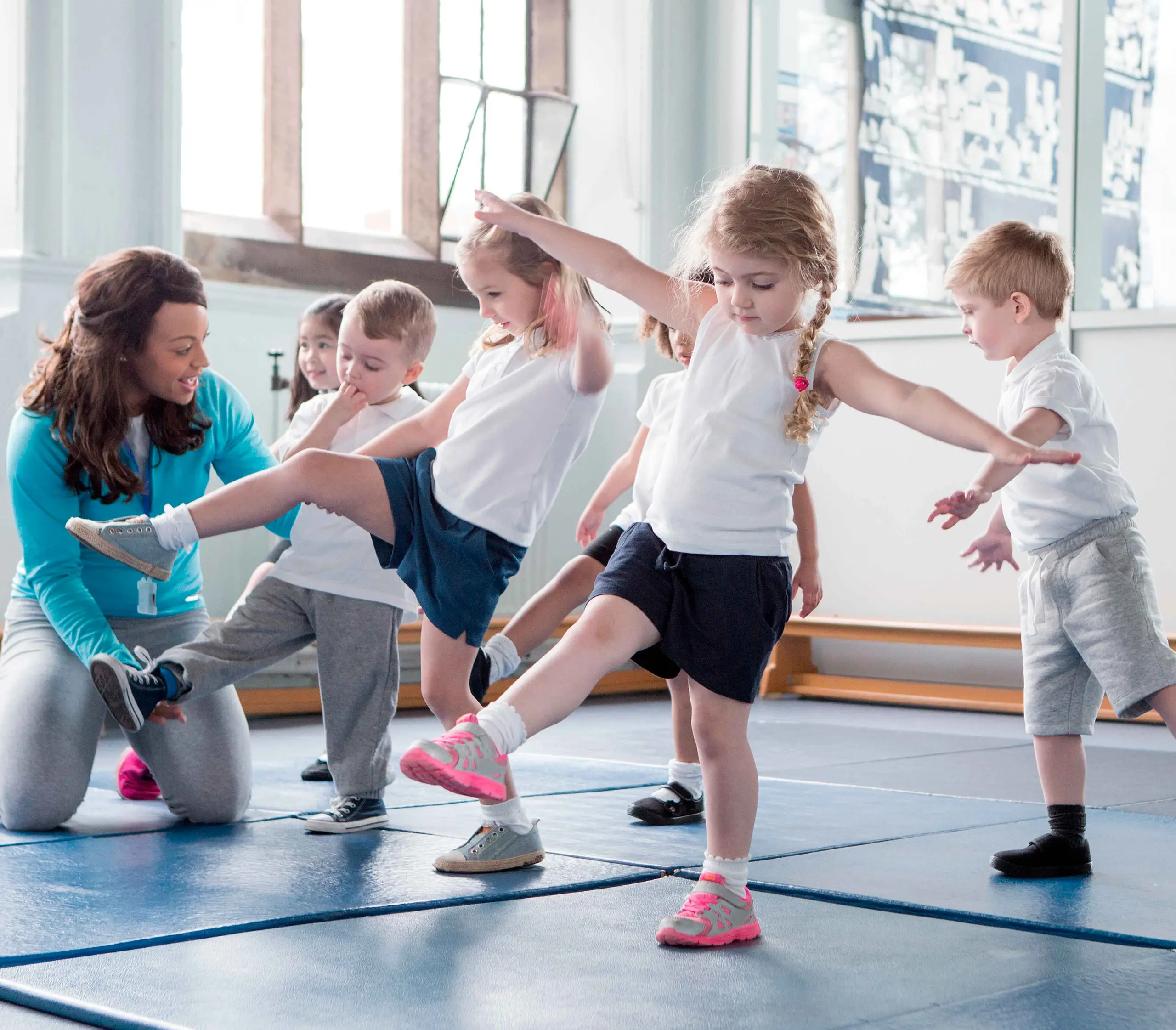"Shoes without a footbed, with a high heel or made of material that is too firm can interfere with natural movement," explains Martin Vierl, medical expert at AGR. A person walks around the world about three to four times in a lifetime. Short walks are also healthy, as they strengthen the deep muscles and stabilise the musculoskeletal system, explains Vierl. But many neglect them: 80% of Germans wear unsuitable shoes, according to the Foot Report. This not only damages your feet, but also your back. For example, high heels promote back pain, tight shoes impair blood circulation and rigid footwear weakens the foot muscles.
Walking is healthy - with the right shoes
Walking barefoot strengthens the foot muscles, but is rarely practical in everyday life. Walking and running shoes with special cushioning offer an alternative. They reduce the strain that can be placed on the joints, back and head when walking. Active footwear ‘trains’ even while the wearer is standing, because their construction and the materials used create a certain instability, thus stimulating compensatory movements in the feet, lower legs and back. This activates the important deep muscles. This has a positive effect on the entire body. Special relief shoes are ideal for people with foot problems. They facilitate rolling and protect the joints, which is particularly beneficial for osteoarthritis.



































































































































































